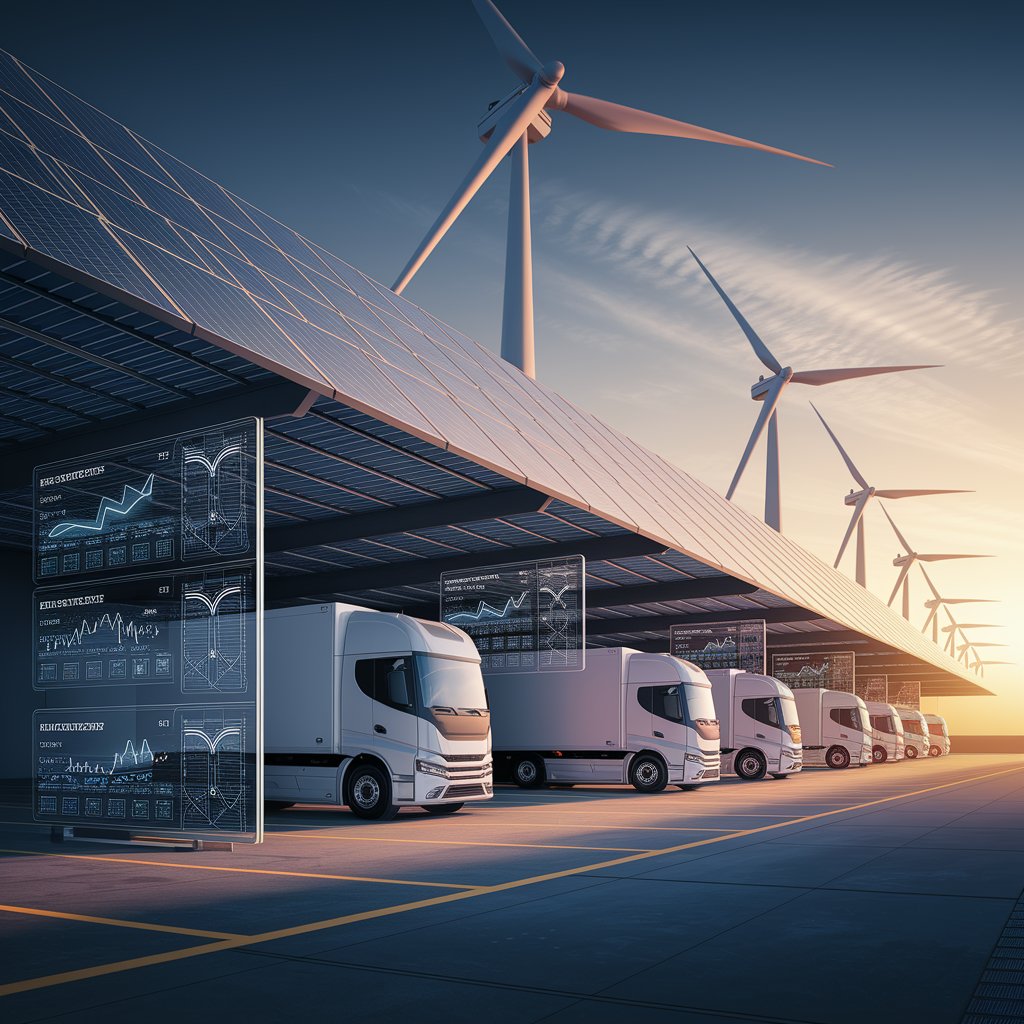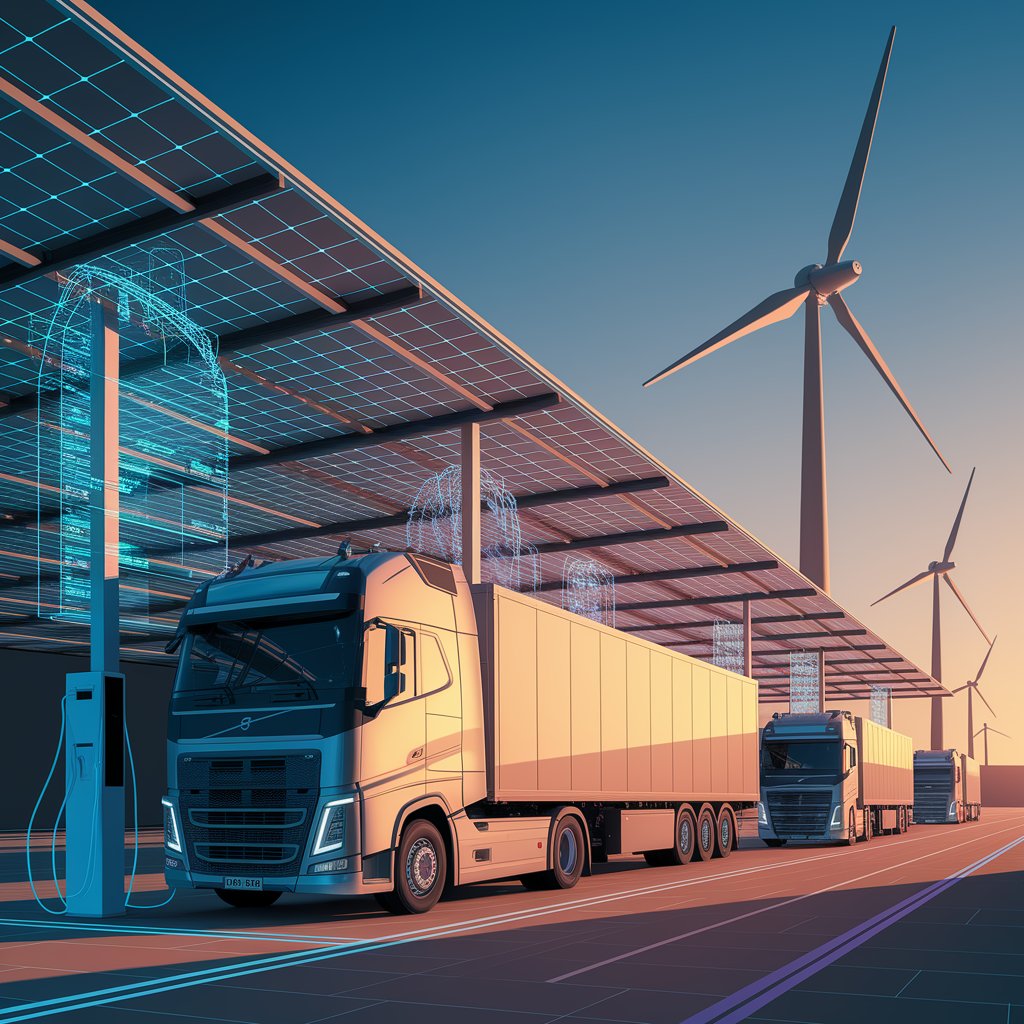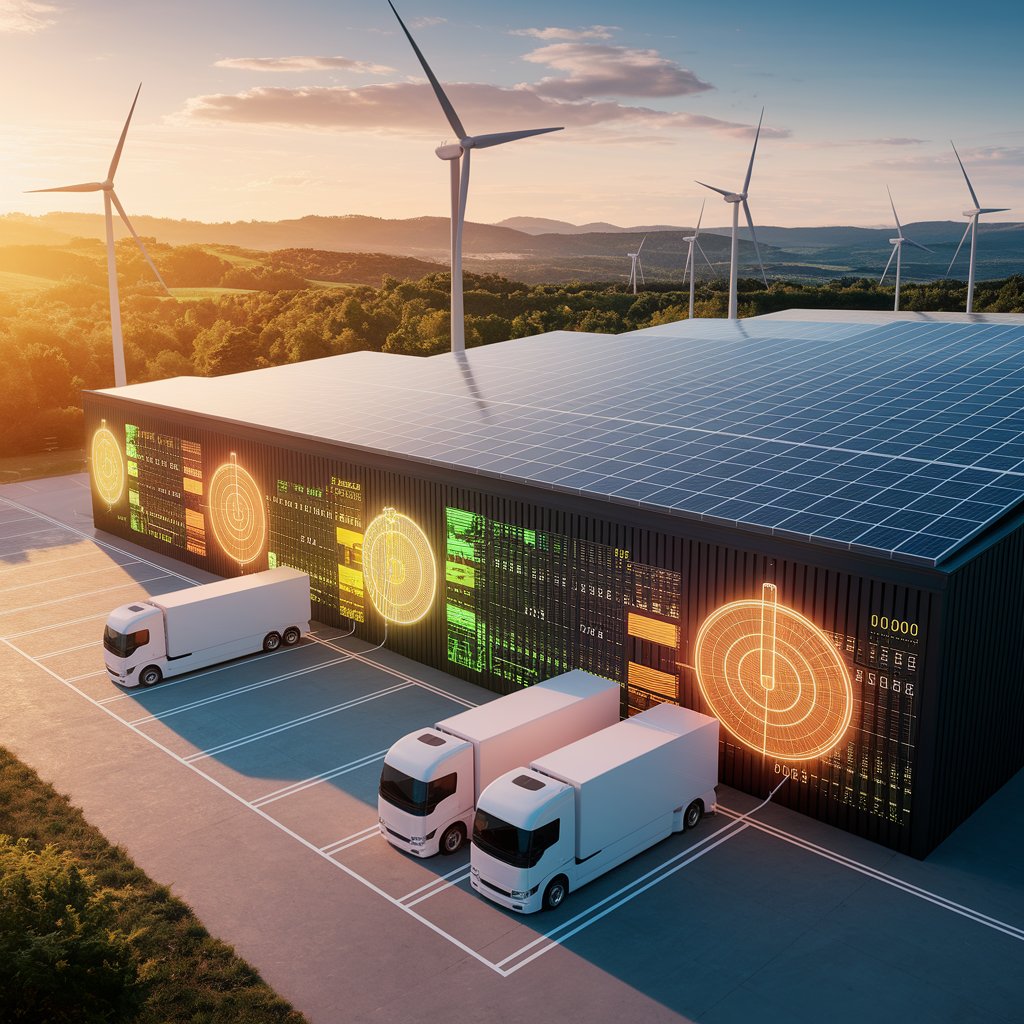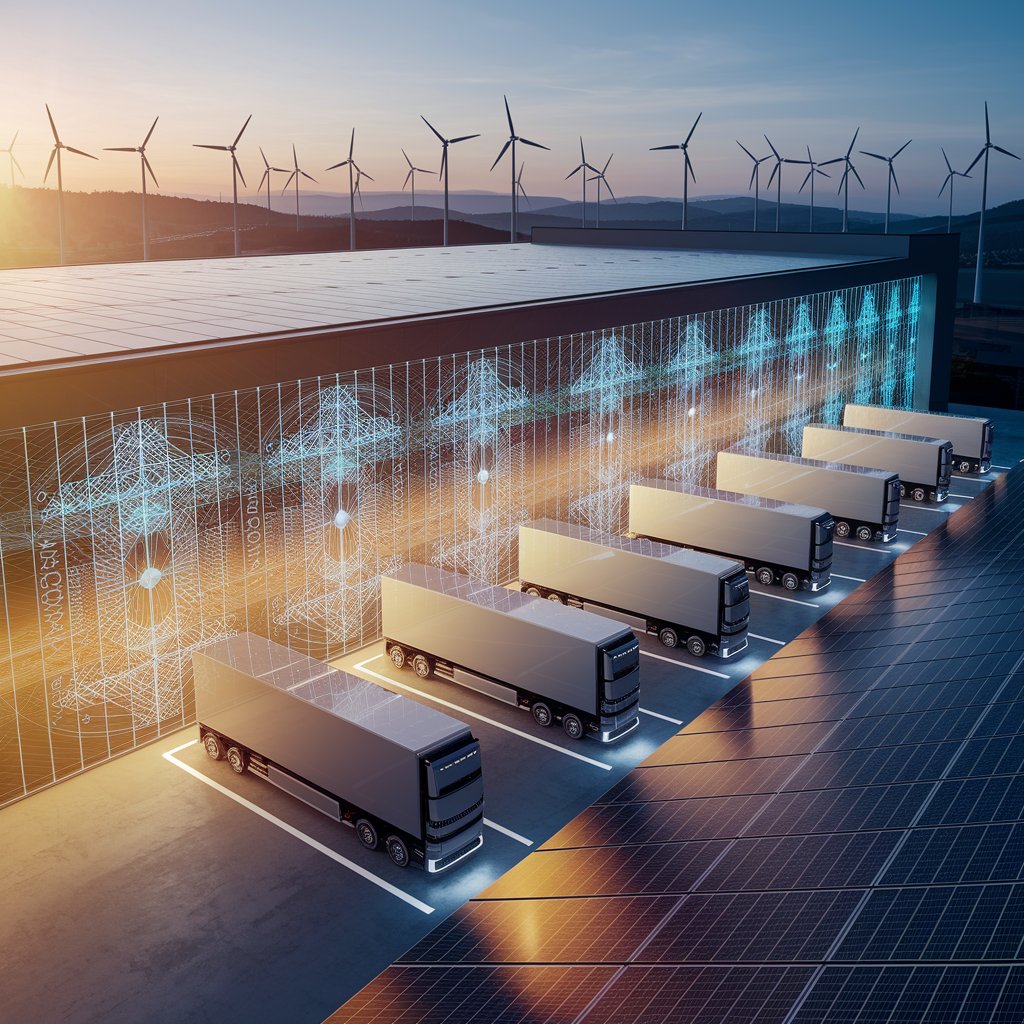Renewable Logistics Energy Tools: Powering a Greener Supply Chain

Introduction
This is where renewable logistics energy tools come into play. From solar-powered warehouses to AI-optimized fuel systems, these tools enable logistics providers to reduce emissions, lower operating costs, and future-proof their supply chains.
What Are Renewable Logistics Energy Tools?
Renewable logistics energy tools are technologies and systems that integrate renewable energy sources into logistics operations. They help companies transition away from fossil fuels by embedding clean energy into:
- Warehousing and distribution centers
- Transportation fleets
- Port and terminal operations
- Cold chain facilities
- Supply chain power management

Key Features of Renewable Energy Tools in Logistics
- Solar-Powered Warehouses: Reduce electricity dependence with rooftop panels.
- Electric and Hydrogen Fleets: Replace diesel trucks with cleaner alternatives.
- Energy Storage Systems: Maintain stability with advanced batteries.
- Smart Grid Integration: Connect logistics facilities to renewable energy grids.
- AI-Powered Efficiency Tools: Optimize energy use across operations.
Benefits for Supply Chains
- Reduced Emissions: Lower CO₂ footprint across all logistics stages.
- Cost Savings: Cut fuel and energy costs in the long run.
- Regulatory Compliance: Meet global sustainability mandates.
- Customer Loyalty: Appeal to eco-conscious clients and partners.
- Operational Resilience: Diversify energy sources to avoid disruptions.

Real-World Applications
- E-commerce Warehouses: Solar and wind-powered fulfillment centers.
- Freight Fleets: Electric trucks supported by renewable charging stations.
- Ports and Terminals: Shore power systems fueled by clean energy.
- Cold Chain Logistics: Renewable-powered refrigeration units.
The Future of Renewable Energy in Logistics
The next generation of tools will integrate AI, blockchain, and IoT to provide transparent energy usage reports, predictive maintenance for clean energy systems, and real-time emissions tracking. Supply chains will not only operate efficiently but also align with global net-zero goals.

Conclusion
Renewable logistics energy tools are transforming supply chains by combining efficiency with sustainability. By adopting solar, electric fleets, and AI-driven energy optimization, logistics providers can reduce costs, comply with regulations, and build customer trust. In a future defined by climate action, are not just an innovation—they are the foundation of sustainable logistics.
